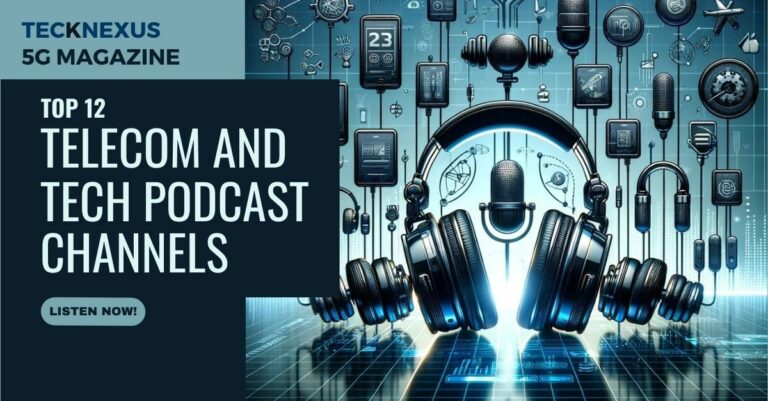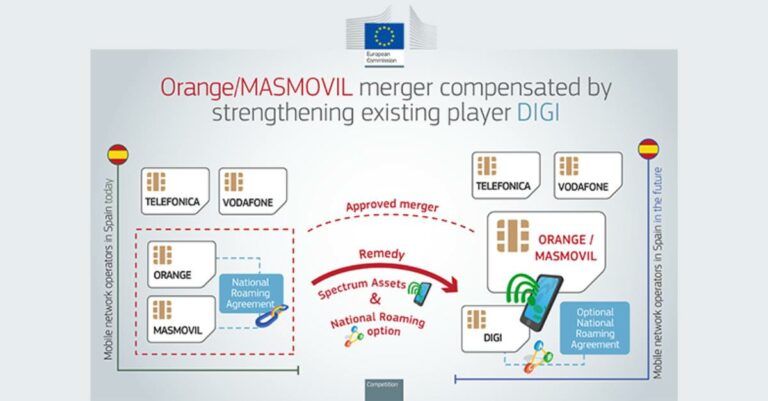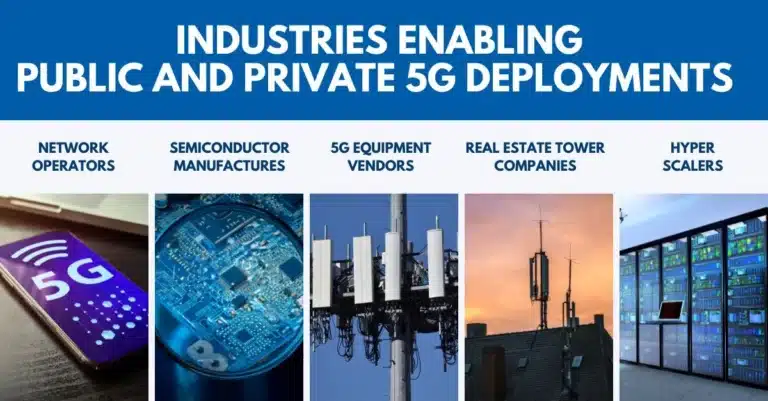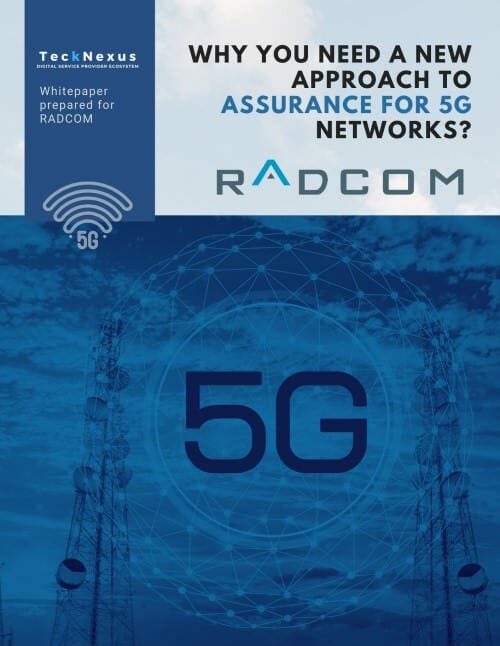In today’s digitally driven world, access to affordable and reliable internet is no longer a luxury, it is a necessity. Whether it’s remote work, virtual learning, telehealth, civic participation, or simply staying connected with others, the internet is foundational to modern life. However, millions of Americans still face barriers to broadband access, with affordability emerging as one of the most significant. The Universal Service Fund (USF) is central to the solution, an essential but increasingly strained federal mechanism that ensures all telecommunications and broadband services are accessible to all. As the digital divide continues to limit opportunity and deepen inequality, preserving and modernizing the USF is a national imperative.
How the Universal Service Fund Must Evolve for Affordable Broadband Access
Originally established to provide affordable telephone service, the USF has evolved to meet the demands of the internet age. Administered by the Federal Communications Commission (FCC), the USF now supports four primary programs:
- Lifeline: Provides monthly discounts on broadband and telephone services for qualifying low-income households.
- Connect America Fund: Supports broadband deployment in high-cost rural and tribal areas.
- E-rate Program: Offers discounted internet access to schools and libraries.
- Rural Health Care Program: Assists healthcare providers in rural areas with access to broadband for telehealth.
Collectively, these programs aim to ensure that no American is excluded from the internet economy due to geography or income. But the structure and funding model of the USF are under pressure, and without intervention, its capacity to bridge the digital divide could collapse.
The Broadband Affordability Gap: Why Cost Is the Biggest Barrier
Although broadband infrastructure now reaches over 99% of U.S. households thanks to public and private investment and technologies like low-earth orbit satellites, a significant adoption gap persists. According to the National Telecommunications and Information Administration (NTIA), more than 28 million households lack broadband at home, and for the majority, the reason isn’t availability—it’s cost.
High service prices, compounded by hidden fees, have made broadband unaffordable for many low-income households. A Pew Research study found that over 40% of low-income adults do not have broadband at home, and those who do often sacrifice other essentials, like food and healthcare, to stay connected. For these families, the lack of broadband access is not just an inconvenience—it’s a barrier to upward mobility and full participation in society.
Lifeline and the Affordable Connectivity Program: Lifelines in Crisis
The Lifeline program, while foundational, has limited reach. Of the 38 million households eligible in 2024, only 7.7 million were enrolled. The limited benefit amount—$9.25 per month (or $34.25 for Tribal areas)—falls short of covering actual broadband costs, which can exceed $70 per month.
To address this, the Affordable Connectivity Program (ACP) was created in 2021, offering up to $30 per month ($75 on Tribal lands) in subsidies and helping over 23 million households afford broadband. But in 2024, ACP funding expired. Despite bipartisan support, Congress failed to renew it, forcing millions to either absorb the full cost or lose service.
This lapse not only disconnected vulnerable populations but also jeopardized the success of complementary infrastructure programs like the $42.5 billion Broadband Equity, Access, and Deployment (BEAD) initiative, which depends on sustained consumer-side demand to be viable.
Why Affordable Broadband Is an Economic and Social Necessity
Affordable internet access is more than a social good—it’s an economic necessity. Studies show that broadband adoption increases employment rates, labor productivity, educational attainment, and health outcomes, while also reducing public service costs through digitized access to government programs and services.
Broadband is also crucial for:
- Education: Remote learning and homework completion depend on reliable internet access. Without it, students fall behind, especially in marginalized communities.
- Healthcare: Telemedicine expands access for rural and elderly populations, reducing travel and improving health equity.
- Employment: Job searches, applications, remote work, and digital skills training all require internet access.
- Civic Engagement: Voting information, government services, and community organizing increasingly take place online.
USF at Risk: Legal and Financial Threats to Broadband Equity
Despite its importance, the USF faces several critical challenges:
- Legal Uncertainty: Pending litigation questions the constitutionality of the USF’s funding structure, which relies on mandatory contributions from telecommunications providers. A Supreme Court ruling could dismantle the current funding model.
- Outdated Funding Mechanism: The USF is funded through fees on interstate and international telephone service revenues—a shrinking base in the age of digital communication. As fewer people use traditional voice services, the sustainability of this model is in doubt.
- Program Inefficiencies and Low Participation: Lifeline, for example, has low uptake due to burdensome enrollment and verification processes.
- Discontinuity of Support: The expiration of ACP underscores the fragility of relying solely on congressional appropriations for affordability initiatives.
Modernizing the Universal Service Fund to Bridge the Digital Divide
To preserve and improve the USF, policymakers should consider the following reforms:
1. Modernize the Funding Mechanism
Broaden the contribution base to include broadband and digital service providers (e.g., streaming, cloud, and tech companies). Alternatively, transition USF funding to direct Congressional appropriations to ensure long-term stability.
2. Revive a Targeted Affordability Program
Create a new, more targeted version of ACP, focused on households at or below 135% of the federal poverty level or receiving unemployment insurance. A $30 monthly benefit would keep broadband affordable for those most in need, without overextending the program financially.
3. Streamline Enrollment and Promote Awareness
Simplify the application process through automatic eligibility verification via existing assistance programs like SNAP or Medicaid. Invest in outreach, especially in rural, tribal, and underserved urban communities.
4. Increase Provider Participation
Expand eligibility for broadband providers to participate in USF programs by relaxing ETC (Eligible Telecommunications Carrier) restrictions, especially for non-traditional ISPs.
5. Ensure Consumer Protections
Mandate no hidden fees, reasonable pricing, and safeguards against service disconnection for supported households.
Affordable Internet for All: Why Universal Broadband Needs Universal Support
Universal broadband is no longer about whether a connection can be built—it’s about whether people can afford to use it. The Universal Service Fund remains a vital policy tool, but it must be restructured and reinforced to meet the modern demands of broadband access and equity.
As the U.S. transitions deeper into the digital era, leaving millions unconnected undermines economic growth, public health, education, and democracy. A reimagined, fully funded, and streamlined affordability program, supported by a modernized USF, is the surest path toward closing the digital divide—once and for all.





























